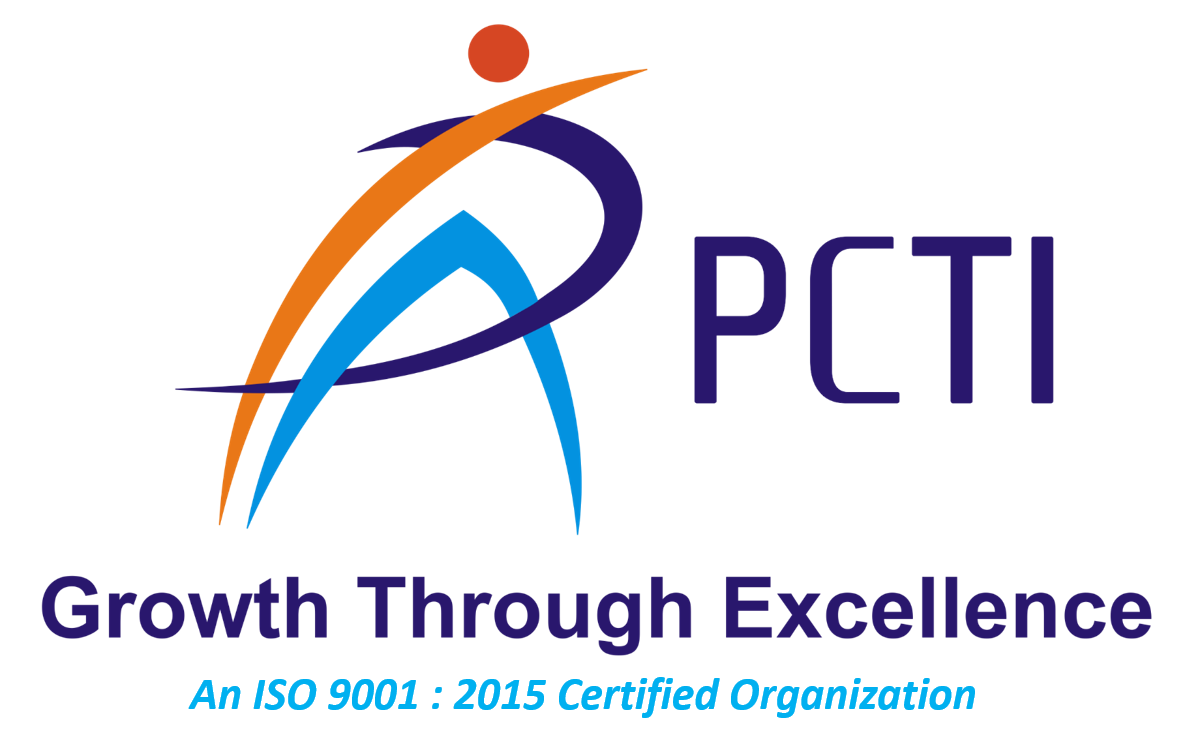Trends in stem and steam education
Our students study in the traditional classrooms. Where they are taught with activity based teachings. Experts study says learner’s experiences in outside the class with more frequent excursions scores more active learning with experiments. What does informal mean and how does it can apply to the classroom designs. Schools open spaces like corridors, fields, study space and open lounges that can be used for different activities. Teachers can encourage informal learning by designing projects, scheduling trips to museums, markets, historical places attached with lessons, designing structures with casual items where students can innovate and construct different things.

WHAT IS STEM EDUCATION
STEM is a curriculum based on the idea of educating students in four specific disciplines science, technology, engineering and mathematics in an integrated and applied approach to teach the four disciplines as separate and distinct subjects, STEM combines them into a cohesive learning typically based on real-world applications
HOW IS STEM EDUCATION IS DIFFERENT FROM TRADITIONAL EDUCATIONAL METHODS
It is not just an acronym for Science, Technology, Engineering and Mathematics but an education method that combines all these subjects. It addresses the concerns that these disciplines or subjects are often taught in isolation while the fact is that they are all connected. It is a cohesive inter-disciplinary approach based on hands-on learning.
In today’s world, it is impossible to change these fields from one another. Pick any item from your household or office and try to fit it in just any one of the STEM subjects. You will find it impossible to do so, for everything is similar with each other. Science and Math lead to technology development, which is then integrated with engineering to make it useful in our life.
STEM encourages kids to experiment, make mistakes and learn from own experiences to reach correct outcomes, rather than relying on what the textbook says. Critical thinking, logical analysis, inquiry and project-based learning are the keystones in STEM education. It boosts the curiosity in the kids, making learning process fun, pertinent and everlasting.
This is a paradigm shift from traditional education, which vitally lacks in hands-on learning, to a learning that is much better and deeper. Steam of the synergy of Science, Mathematics, Technology and Engineering are crucial part of today’s curriculum. When we look for maximum learning outcomes the schools focus on available equipment and technology. Informal spaces can create concept to real- world concepts. Stem education meaning is providing hands on activities that can make topics more interesting and assessable. Educators and learning institutions who want their students to excel in STEM must stay abreast of design trends and incorporate ideas that can create buzzwords of today’s education.
WHY IS STEM EDUCATION IMPORTANT?
The global economy is changing. Current jobs are disappearing due to automation and new jobs are coming every day as a result of technological advances. The continual advances in technology are changing the way students learn, connect and interact every day. Skills developed by students through STEM provide them with the foundation to succeed at school and beyond. Employer demand for STEM qualifications and skills is high, and will continue to increase in the future. Currently, 75 % of jobs in the fastest growing industries require workers with STEM skills. STEM empowers individuals with the skills to succeed and adapt to this changing world.
STUDENTS DEVELOP KEY SKILLS THROUGH STEM
- Problem solving
- Creativity
- Critical analysis
- Teamwork
- Independent thinking
- Initiative
- Communication
- Digital literacy
STEM EDUCATION BEST PRACTICES
- MKE YOUR CLASSROOM A TEAM with group project where it’s O.K to have talents and weaknesses together. Everyone can bring something useful to the table. For example a group of students are working on Coding a simple App. One may be naturally good at learning coding languages other may be equally involved in suggesting name and logo for the project.
- THINK OUSIDE THE BOX If the knowledge is collected the solution may sometimes come from an unexpected source or place. We need to encourage creativity and critical thinking and reward the unique outcomes. All these things will be a unique opportunities for students to learn new things.
- SCIENCE IS FOR EVERYONE Engaging in a STEAM-based education can foster a lifelong interest in STEM. Some of the students tend to lose the interest in science whereas younger students are not biased .Science facts and realities are less accessible to women, ethnic minorities, and economically underprivileged people. A well planned stem programme can give access to everybody the right resources to create interest in science and its phenomena.
- EVERYTHING IS CONNECTED In Stem education no subject is superior or inferior. The students always think Science and Arts are separate but with STEM they are encouraged to cultivate healthy interest in both. STEAM, students are taught to make their own connections between subjects and perhaps even foster friendships with people who have different interests.
WHAT ARE THE ADVANTAGES & LATEST TRENDS OF STEM EDUCATION
STEM encourages the students to maintain lifelong learning in Science, technology, engineering and Maths. They can learn concepts outside the class environment. Schools can create informal environment that is crucial to STEM learning.
- STEM WILL GAIN PROMINENCE IN EARLY CHILDHOOD EDUCATION: This trend is expected to continue as studies demonstrate how STEM education at an early age positively impacts educational outcomes.
- THE” T’ IN STEM GAINS IMPORTANCE: Technology proficiency is a core life skill. Students need hard and soft skills in technology, and they also need digital literacy and technological competency. More programmes are focusing on digital literacy as part of teacher preparation, along with ways to help educators evolve their use of technology in classrooms.
- STEM EDUCATION WILL LEAD THE WAY IN AUTHENTIC AND APPLIED LEARNING PRACTICES Students need to build real-world skills while they're still in school in order to succeed in a global economy.
STEM IS AN APPROACH TO LEARNING AND DEVELOPMENT THAT INTEGRATES THE AREAS OF SCIENCE, TECHNOLOGY, ENGINEERING AND MATHEMATICS.

